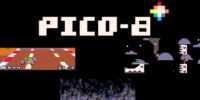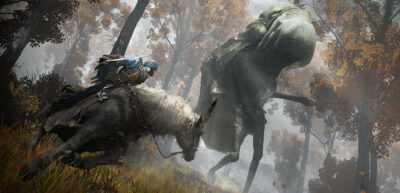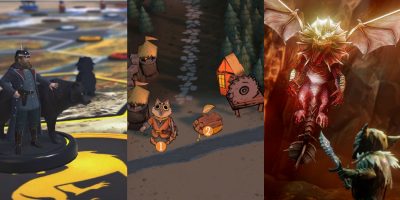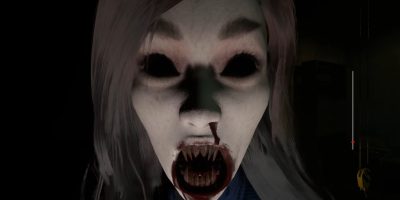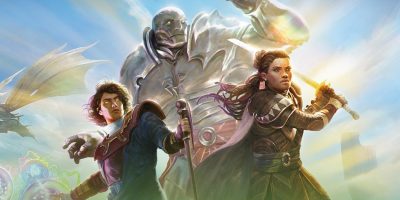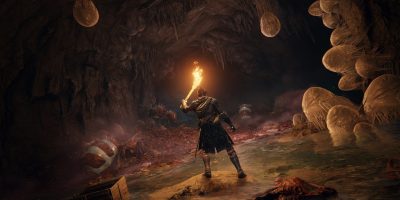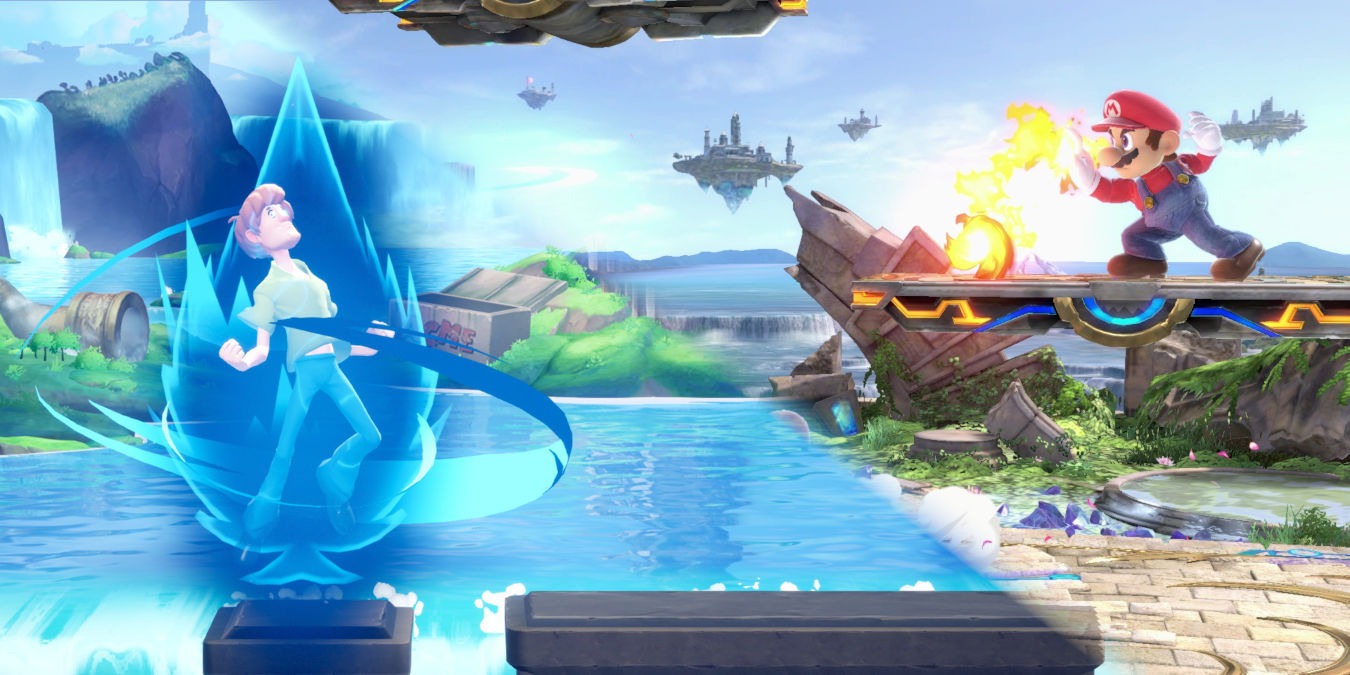
Out of all the platform fighting games on the market right now, few have defined the entire subgenre and enjoyed as much widespread popularity as Super Smash Brothers. One of the biggest testaments to its popularity is how Super Smash Brothers Melee still has a popular competitive scene 21 years after its release. It’s with little wonder that, when Multiversus hit its open beta, platform fighting game fans began to compare and look for the differences between the two.
If you’re a grizzled veteran of the Smash Brothers games and you’re wondering if Multiversus is worth your time, then we’ve made this guide to show you the biggest differences between the games.
If any of the terms and ideas in this article are a little confusing, we highly recommend reading our guide to getting better at fighting games.
The Primary Mode is 2v2
Unlike Smash which primarily focuses on 1v1 and sidelines its 2v2, Multiversus is the opposite. 2v2 is what everything is built and balanced around. 1v1s and Free-for-alls still have matchmaking attached to them, but they aren’t the focus in the same way 2v2 is.
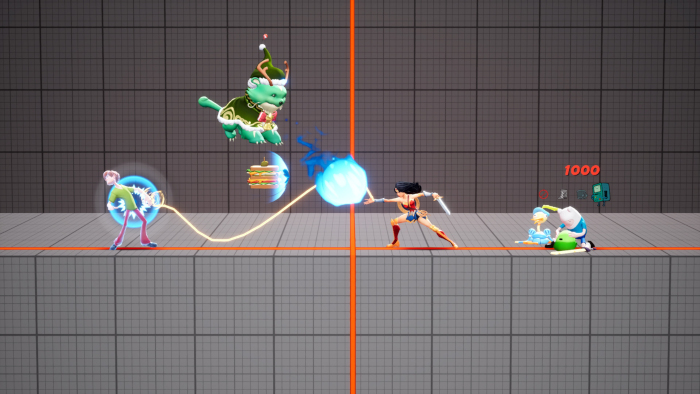
But 2v2 is where Multiversus builds its own identity. Abilities and perks that interact with your teammate create unique dynamics that Smash lacks. For example, Reindog is able to pull his teammate out of the blast zone with his leash, and Wonder Woman can give her teammate and herself armor for one hit. These interactions, along with a heavier reliance on intricate teamwork, creates a hilarious and cooperative dynamic that is hard to find anywhere else.
No Shields, No Grabs, No clashes, No Problems
One of the first differences Smash players will notice is how there are no shields and no grabs in Multiversus. Defensive options are limited to primarily dodges, which are extremely fast, have a generous helping of invulnerability frames, and have very little ending lag.
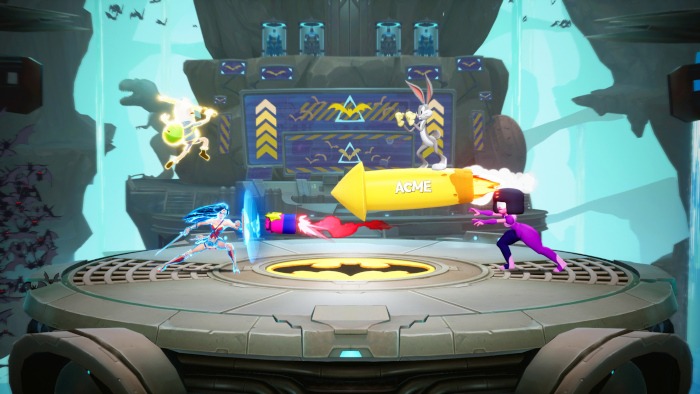
There’s also no form of clashing in Multiversus. Clashes in other fighting games occur when two attacks meet and cancel out. In Multiversus, as long as an attack reaches a hurtbox (a part of a fighter’s model that can receive damage), then the fighter takes damage.
As a result, neutral is a little more “mashy” than other fighting games. The only way to contest another fighter when neither player has an advantage is by throwing out an attack and either having it connect or force a bad dodge. Players are now heavily rewarded for filling the screen with attacks and projectiles.
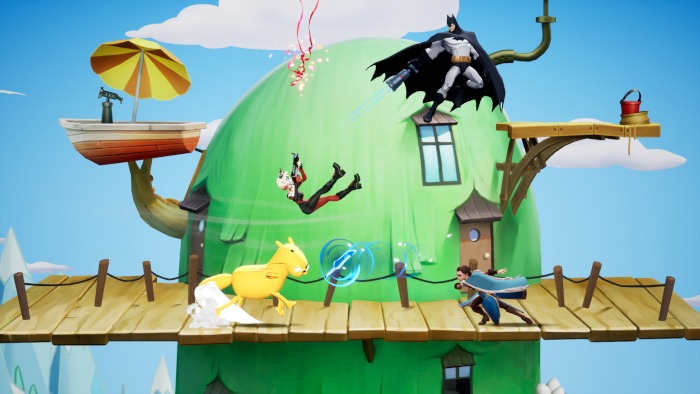
Despite that, positioning to punish your opponents in Multiversus is now more important than ever. Without Smash‘s interplay between attacks, shields, and grabs, attacks become the only way to realistically control space. Since there are so many attacks flying in every direction, a player with a strong understanding of everyone’s effective range will find themselves in more positions to punish whiffed attacks. The flexible dodge system also feeds into this by giving players a rapid way to reposition themselves when needed.
Dodging As Movement
As most Smash fans will know, movement is king in these kinds of games. The best kind of movement in Multiversus are through creative uses of dodges. In scenarios where your teammate is getting combo-ed to death, chaining fast dodges together will be the difference between losing a teammate and arriving just in for a save. The only downside is dodges will deplete a stamina bar which shrinks the invulnerability window on your dodges.
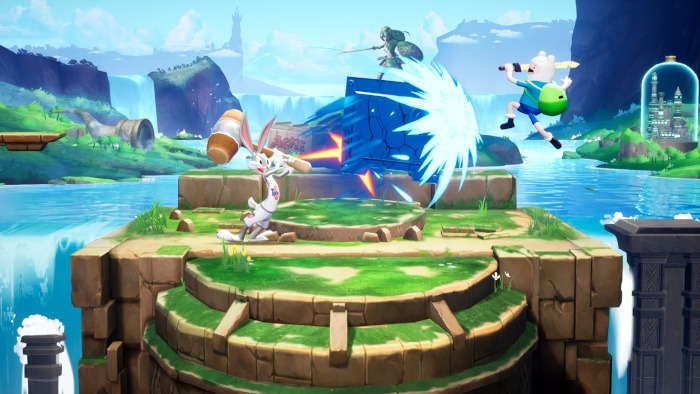
In comparison, advanced movement in Smash, like slingshots or wavedashes, don’t have a cost to them besides the technical ability to execute them consistently. This means learning these techniques will put you far ahead of players that don’t learn them.
Comparatively, Multiversus’ is an extremely young game, so there hasn’t been any advanced movement discovered for it (yet). But, since fluid and speedy movement comes cost of your dodge’s invulnerability, high-level playstyles now have built-in risks and a very high skill ceiling.
A Different Life on the Ledge
Multiversus allows players to to use up to two special attacks, two air dodges, and single double jump to recover back to the stage. Also, any contact with the wall refreshes these options.
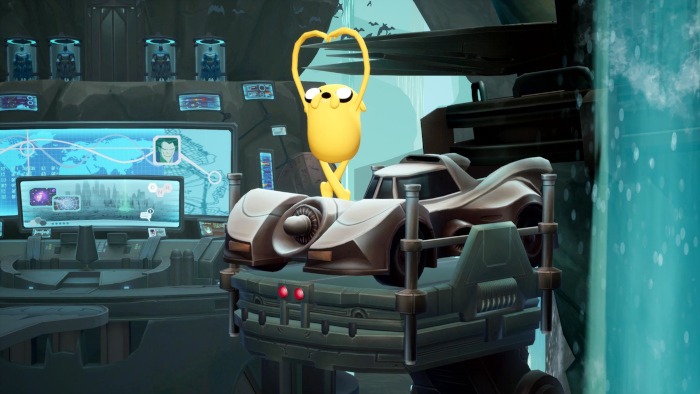
At first glance, this seems more lenient than Smash. After all, Smash gives fewer options with only one Up+Special, a single double jump, and a ledge that gives invulnerability when you touch it. However, without a ledge to grab and an Up+Special that both carries you back to the stage and can potentially hit opponents away from you, Multiversus fighters are left far more vulnerable off-stage than their Smash counterparts.
Unlike Smash, where the question is whether or not you can make it back to the stage, Multiversus players have plenty of options to recover with, and only one option to protect themselves. Since recovering players only have dodges as their sole source of invulnerability, edge guarding players are more encouraged to leap off the stage and knock their opponents further into the blast zone. The blast zones themselves are also much smaller than Smash, so aggressive off-stage edge guards are both powerful and extremely risky.
Projectiles and Perks
Thanks to the lack of a shield and reliance on dodges, projectiles are a powerful tool in Multiversus. Characters like Velma, Bugs Bunny, or Tom & Jerry have powerful movesets because of their disjointed attacks (attacks that extend past the character’s hurtbox), long range projectiles, and amazing support options.
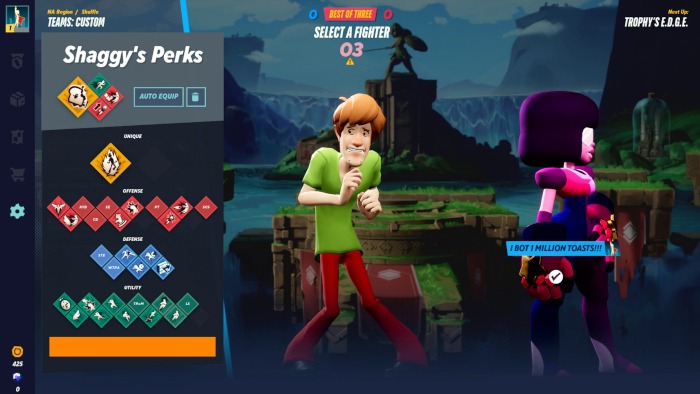
While that sounds oppressive, many of the strengths and excruciating parts of playing against projectile heavy teams are reigned in by the strength of the perk system. Perks allow players to equip passive abilities that are able to change a match in their team’s favor. These perks are picked after finding out what characters you’ll be facing. So if you see a Velma, Bugs, or Tom & Jerry, you can equip perks that will mitigate the worst parts of their projectiles.
The most popular of these skills is called “School Me Once” which will block all projectiles for two seconds after getting knocked back by a projectile. Perks like that are why Multiversus games look far more chaotic and interactive than just simple projectile spam.
Want more fighting game goodies? Here’s our list of the best platform fighting games to sink your teeth into, and the best fighting games with rollback netcode.




